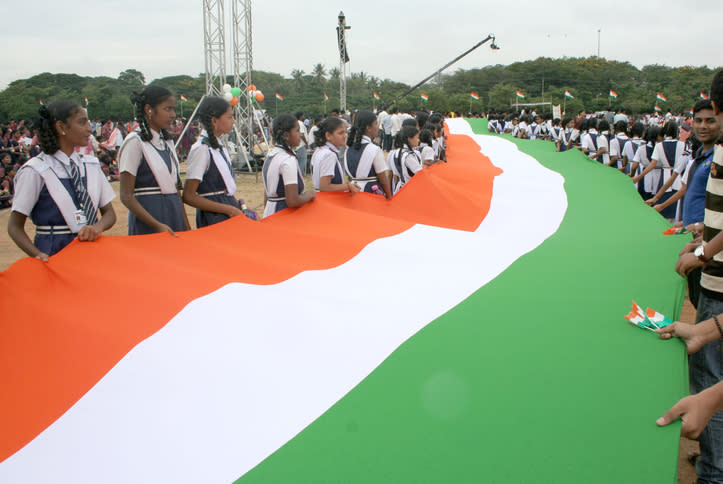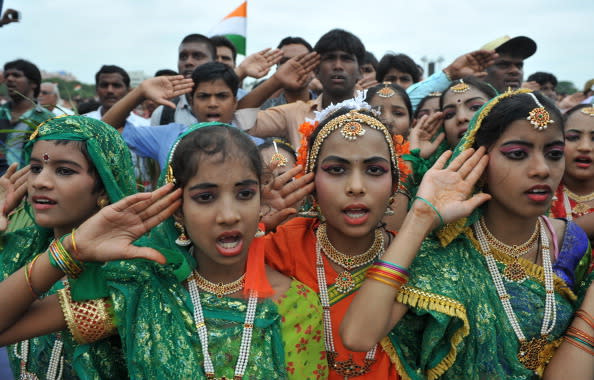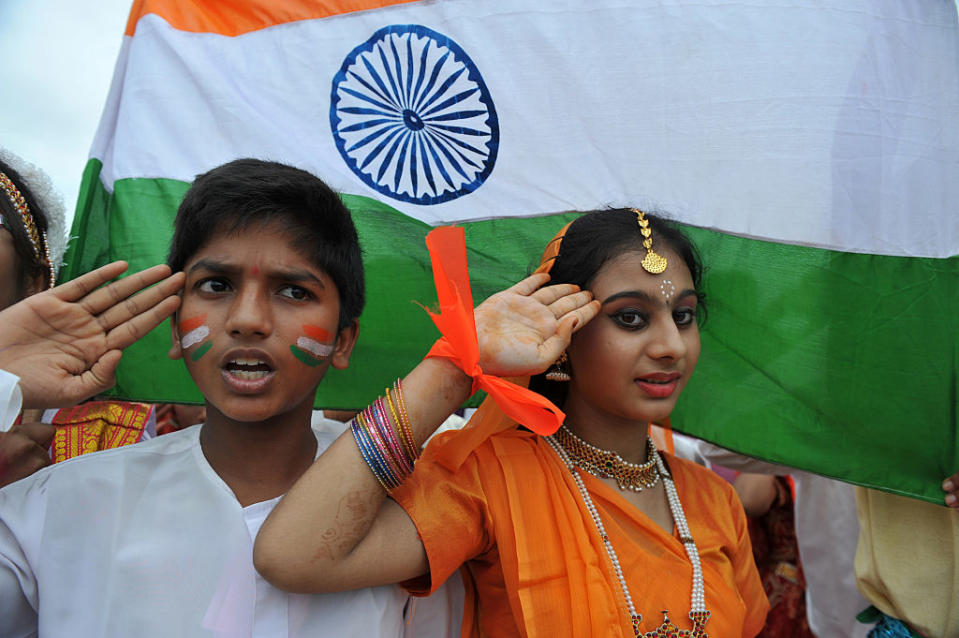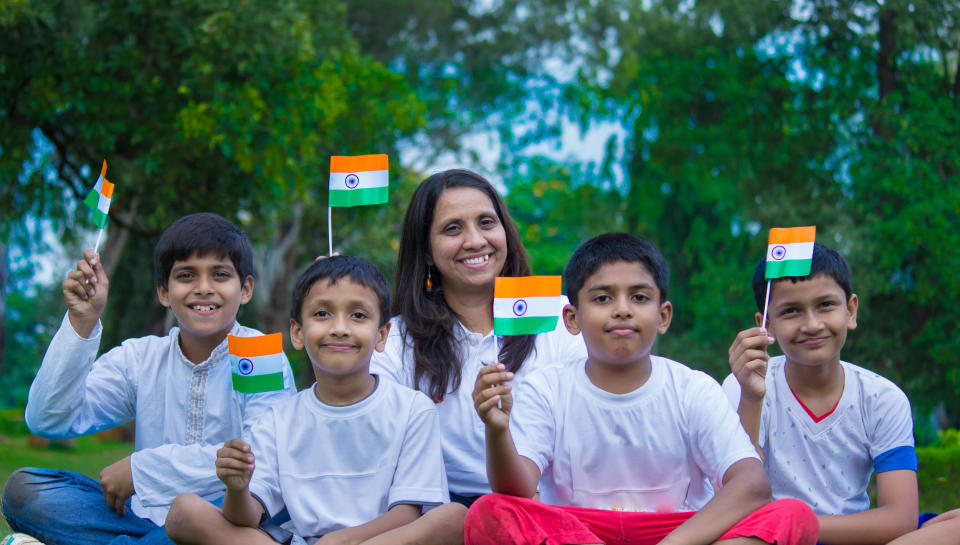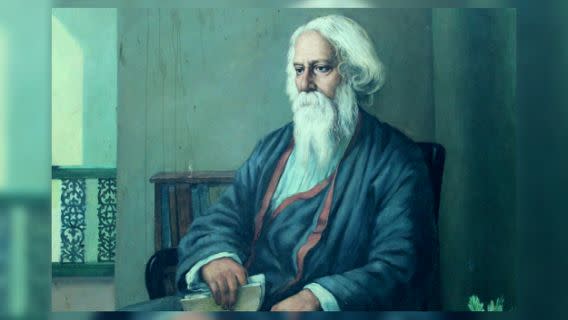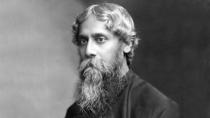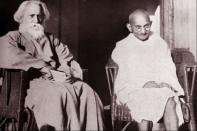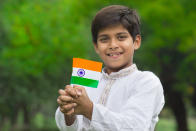I-day 2020: 8 lesser known facts about India's National Anthem
- 1/8
It was originally written in Bengali
It was originally composed as ‘Bharoto Bhagyo Bidhata’ in Bengali by poet Rabindranath Tagore. The original composition of the song also had many Sanskrit words in it. It was later translated into Hindi-Urdu by Captain Abid Hasan Safrani, an Indian National Army Officer and titled as ‘Subh Sukh Chain’. The melody to this song was given by Captain Ram Singh Thakur. There is also an English version done by Tagore itself, which is referred to as ‘The Morning Song of India’. - 2/8
It was not written as an ode to the British monarch
The composition was first sung during a convention of the Indian National Congress in Calcutta on December 27, 1911. It was sung on the second day of the convention, and the agenda of that day devoted itself to a loyal welcome of George V on his visit to India. The event was reported thus in the British Indian press as ‘The Bengali poet Rabindranath Tagore sang a song composed by him specially to welcome the Emperor.’ However, Tagore put these rumours to rest by expressing in a letter that the song was written in honour of ‘India’ and ‘the collective India mind’ which has endured rise and fall through the ages courageously. - 3/8
The present-day anthem that is sung is a shorter version
The National anthem sung today is just one stanza of the original version. The original song is a Brahmo hymn that features ‘five’ verses in Sanskritised Bengali and reflects the country’s independence struggle, culture and values. 
Yahoo News is better in the app
Keep up to speed at a glance with the Top 10 daily stories
- 4/8
‘Jana Gana Mana’ was first sung in 1911
On the second day of the annual conference of the Indian National Conference in Calcutta, on December 27, 1911, the song was sung for the very first time. Sarla Devi Chowdhurani, Tagore’s niece intonated the song along with a few friends. The notation of the song was set by Tagore in 1919, and is followed even to this day. - 5/8
The first musical composition was performed in 1942
The first-ever musical composition of ‘Jana Gana Mana’ was performed (not sung) in Hamburg (Germany) on September 11, 1942. Subsequently, Netaji Subash Chandra Bose declared it as the National Anthem of ‘Free India’. However, at the time, the song did not receive any formal status. - 6/8
‘Jana Gana Mana’ gained formal status in 1950
On January 24, 1950, ‘Jana Gana Mana’ was embraced in its Hindi version by the Constituent Assembly of India and officially declared as the ‘National Anthem of India’. 
Yahoo News is better in the app
Keep up to speed at a glance with the Top 10 daily stories
- 7/8
The National Anthem officially lasts for 52 seconds
Typically it should take 52 seconds to sing the National anthem in its entirety. But there is a short version, which includes the first and last lines of the verse, which plays within 20 seconds. This version is seldom used. - 8/8
There’s no compulsion to sing the National Anthem
There is no law stating that singing the National Anthem is mandatory. If an individual prefers to stand up in silence when the National Anthem is sung, it isn’t considered to be rude or insulting. However, if someone intentionally causes any sort of disruption while it is being played, it is questionable and liable for punishment, as per the law.
Team Yahoo India
Several questions often go unanswered about the origin and significance of India’s National Anthem ‘Jana Gana Mana’. As citizens we leave no stone unturned to ensure that every time it is sung or played at a public gathering, we show due respect and feel intrinsically proud of the rich heritage of India.
However, these are several factual details about the National Anthem which are not well-known. Take a closer look.
Source: Wikipedia, theculturetrip.com

 Yahoo News
Yahoo News 
